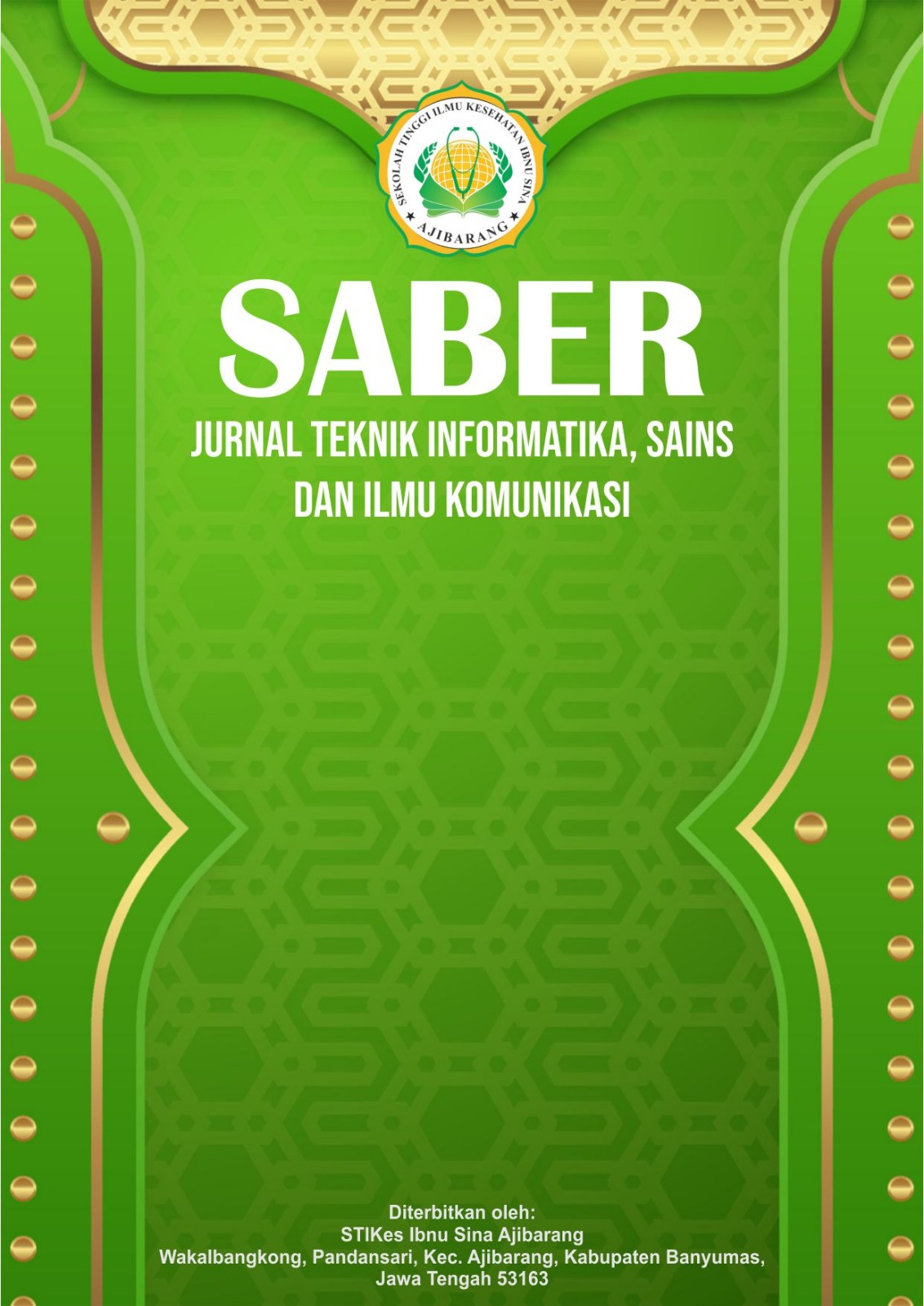Strategi Komunikasi dan Adaptasi Kebun Binatang Surabaya dalam Mempertahankan Eksistensi sebagai Destinasi Wisata Warisan
DOI:
https://doi.org/10.59841/saber.v3i3.3080Keywords:
communication strategy, destination branding, destination image, heritage tourism, social media, zooAbstract
As one of the oldest heritage tourism sites in Indonesia, KBS (Kebun Binatang Surabaya) faces challenges in sustaining its relevance and competing with other modern tourism offerings. The sustainability of KBS is largely influenced by the image communication strategies used to market the zoo and attract family tourists. This study aims to assess the communication strategies along with social media promotion, as well as the tourists’ experience regarding their visit. The data collection technique was field observation, digital documentation analysis, and interviews using a semi-structured format which was analyzed descriptively qualitatively. Research findings indicate that KBS has social media and stakeholder collaboration as main promo media and, education as the fundamental pull factor. Moreover, despite its strengths, KBS suffers from gaps in destination branding and lack of innovation in digital on-site experience. A competitive repositioning by building a unique identifiable brand through, integrated and comprehensive communication strategies was proposed for the use of KBS as a family-friendly competitive educational tourism site.
References
Antara News. (2022). Surabaya administration to revamp zoo along with several parties. https://en.antaranews.com/news/210929/
Azhari, I. M. (2022). Strategi marketing public relations dalam rebranding Kebun Binatang Surabaya di akun Instagram @kebunbinatangsurabaya (Skripsi, Universitas Bhayangkara Surabaya).
Balakrishnan, M. S. (2009). Strategic branding of destinations: A framework. European Journal of Marketing, 43(5/6), 611–629. https://doi.org/10.1108/03090560910946954
BIRCI-Journal. (2022). Pengaruh experiential marketing dan zoo image terhadap revisit intention dengan experiential satisfaction sebagai variabel intervening. BIRCI Journal: Budapest International Research and Critics Institute-Journal, 5(3), 22631–22641.
Braun, V., & Clarke, V. (2006). Using thematic analysis in psychology. Qualitative Research in Psychology, 3(2), 77–101. https://doi.org/10.1191/1478088706qp063oa
Buhalis, D., & Law, R. (2008). Progress in information technology and tourism management: 20 years on and 10 years after the Internet—The state of eTourism research. Tourism Management, 29(4), 609–623. https://doi.org/10.1016/j.tourman.2008.01.005
Chen, C. F., & Chen, F. S. (2010). Experience quality, perceived value, satisfaction and behavioral intentions for heritage tourists. Tourism Management, 31(1), 29–35. https://doi.org/10.1016/j.tourman.2009.02.008
Creswell, J. W., & Poth, C. N. (2016). Qualitative inquiry and research design: Choosing among five approaches (4th ed.). Sage Publications.
Crompton, J. L. (1979). An assessment of the image of Mexico as a vacation destination and the influence of geographical location upon that image. Journal of Travel Research, 17(4), 18–23.
Irsyad, M. (2016). Implementasi strategi pengembangan wisata edukasi Kebun Binatang Surabaya (Tesis, Universitas Brawijaya). Repository Universitas Brawijaya. http://repository.ub.ac.id/id/eprint/118210/
Kliatchko, J. (2008). Revisiting the IMC construct: A revised definition and an updated framework. International Journal of Advertising, 27(1), 133–160.
Morgan, N., Pritchard, A., & Pride, R. (Eds.). (2015). Destination branding: Creating the unique destination proposition (2nd ed.). Routledge.
Neuhofer, B., Buhalis, D., & Ladkin, A. (2012). Conceptualising technology enhanced destination experiences. Journal of Destination Marketing & Management, 1(1–2), 36–46.
Poria, Y., Butler, R., & Airey, D. (2003). The core of heritage tourism. Annals of Tourism Research, 30(1), 238–254.
Republika. (2023). US, Britain, and China offer partnership to Surabaya Zoo. https://en.republika.co.id/berita/n0u4vy/
Sari, D. P. (2022). Strategi promosi wisata Jember Mini Zoo melalui media sosial Instagram (Skripsi, Universitas Muhammadiyah Jember). Repository Universitas Muhammadiyah Jember. http://repository.unmuhjember.ac.id/14500/
Schmitt, B. (1999). Experiential marketing. Journal of Marketing Management, 15(1–3), 53–67.
Sugiyama, K., & Andree, T. (2011). The Dentsu way: Secrets of Cross Switch marketing from the world's most innovative advertising agency. McGraw-Hill.
The Jakarta Post. (2014, August 18). Surabaya Zoo officially under management city administration. https://www.thejakartapost.com/news/2014/08/18/surabaya-zoo-officially-under-management-city-administration.html
Tussyadiah, I. P. (2014). Toward a theoretical foundation for experience design in tourism. Journal of Travel Research, 53(5), 543–564.
Xiang, Z., & Gretzel, U. (2010). Role of social media in online travel information search. Tourism Management, 31(2), 179–188. https://doi.org/10.1016/j.tourman.2009.02.016
Downloads
Published
How to Cite
Issue
Section
License
Copyright (c) 2025 SABER : Jurnal Teknik Informatika, Sains dan Ilmu Komunikasi

This work is licensed under a Creative Commons Attribution-NonCommercial-ShareAlike 4.0 International License.








